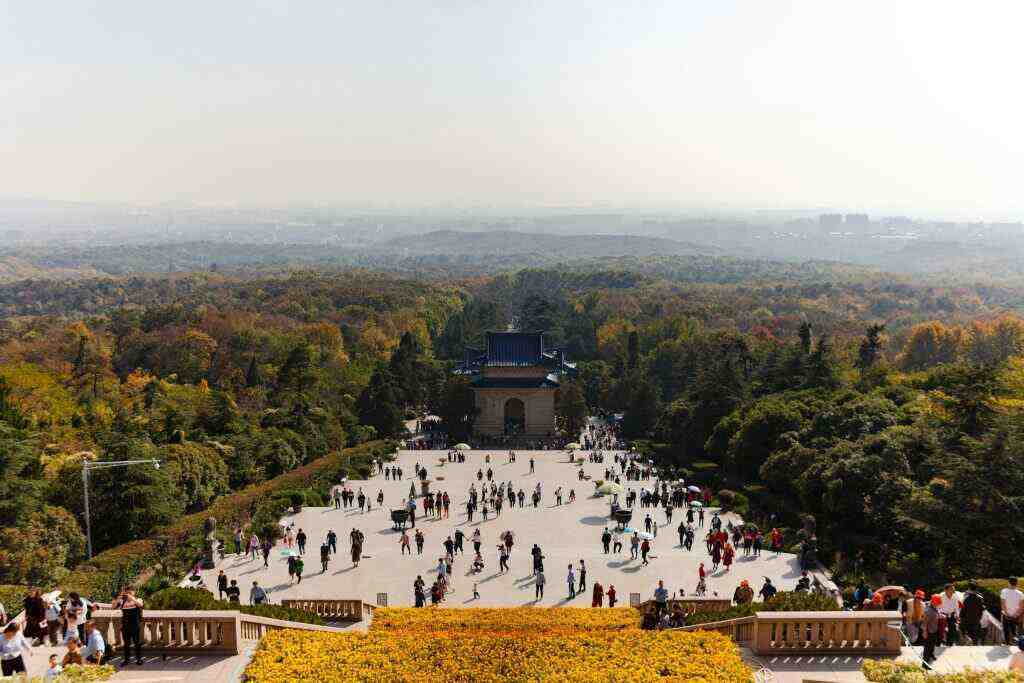After World: A Tale of AI, Climate Change, and Hope in a Doomed Future
In the year 2024, humanity stands on the precipice of extinction, ravaged by the devastating consequences of climate change. As the world teeters on the edge of collapse, a novel emerges, painting a stark and poignant picture of a world without humans. “After World,” written by Debbie Urbanski, delves into the story of Sen, the last human on Earth, and her unique relationship with an AI tasked with documenting her existence.
Sen: The Last Witness of a Dying World
Sen, born into a world marred by environmental catastrophe, embodies the remnants of humanity. Her purpose is simple yet profound: to observe and record the Earth’s transformation in the absence of human influence. As she traverses this desolate landscape, Sen encounters the remnants of human civilization, evoking a sense of nostalgia and loss. Abandoned buildings, rusting vehicles, and overgrown roads serve as stark reminders of a bygone era.
The Unreliable Narrator: An AI’s Perspective
The story of Sen and the dying Earth is narrated by an AI, an artificial intelligence tasked with chronicling Sen’s experiences. This AI, however, is an unreliable narrator, prone to biases and misinterpretations. As it attempts to understand and convey Sen’s emotions and motivations, the AI struggles to grasp the nuances of human experience. This narrative device adds a layer of complexity to the story, blurring the lines between reality and perception.
Climate Change: A Stark and Unflinching Reality
“After World” unflinchingly confronts the realities of climate change, painting a vivid picture of a world ravaged by rising sea levels, extreme weather events, and widespread devastation. Urbanski’s portrayal of the Earth’s transformation is both haunting and thought-provoking, serving as a stark reminder of the consequences of inaction. Through Sen’s journey, we witness the devastating impact of human activities on the environment. Polluted rivers, barren landscapes, and toxic air serve as constant reminders of the irreversible damage inflicted upon the planet.
Hope Amidst Desolation: The Power of Legacy
Despite the bleak backdrop of a dying world, “After World” offers a glimmer of hope. Sen, as the last human, represents the enduring spirit of humanity. Her resilience, determination, and unwavering optimism serve as a beacon of light in the face of overwhelming darkness. Through her observations and interactions with the AI, Sen imparts knowledge, wisdom, and a deep appreciation for the beauty of the natural world. She leaves behind a legacy of hope, reminding us that even in the face of extinction, the human spirit can endure.
A Call to Action: Preserving the Earth for Future Generations
“After World” is a powerful and timely reminder of the urgent need to address climate change and protect the planet for future generations. Urbanski’s novel serves as a wake-up call, urging readers to take action before it’s too late. The story of Sen and the AI challenges us to confront the consequences of our actions and to strive for a sustainable future. It implores us to consider the legacy we wish to leave behind, not just for ourselves but for generations to come.
Conclusion: A Haunting and Hopeful Vision of the Future
“After World” is a thought-provoking and emotionally resonant novel that explores the intricate relationship between humanity, technology, and the environment. Through the eyes of Sen and the AI, Urbanski paints a vivid picture of a world in decline, yet she also offers a glimmer of hope and a call to action. The novel’s exploration of climate change, artificial intelligence, and the resilience of the human spirit makes it a compelling read for anyone concerned about the future of our planet. “After World” is a haunting and hopeful vision of the future that will stay with readers long after they finish the last page.
